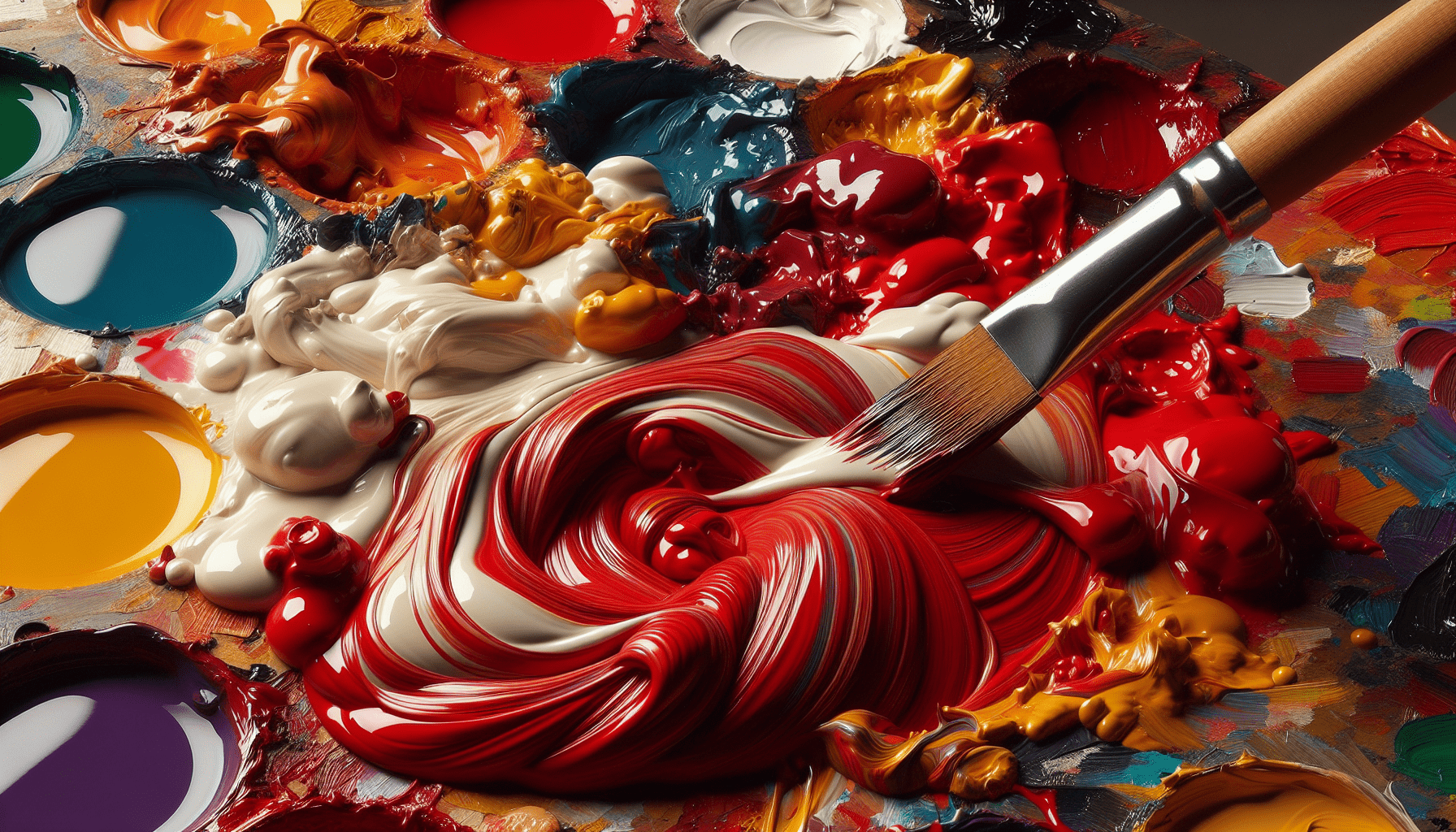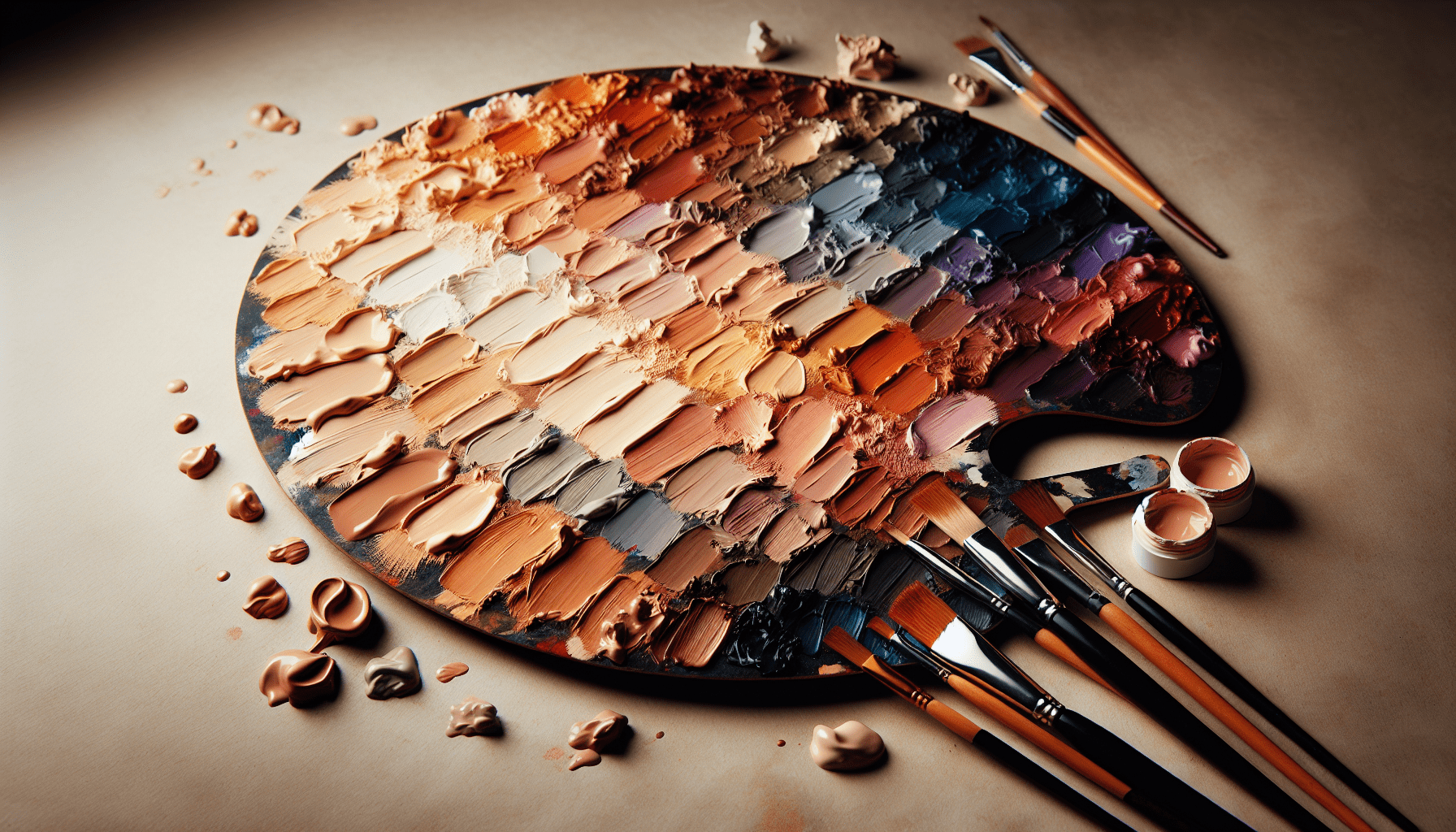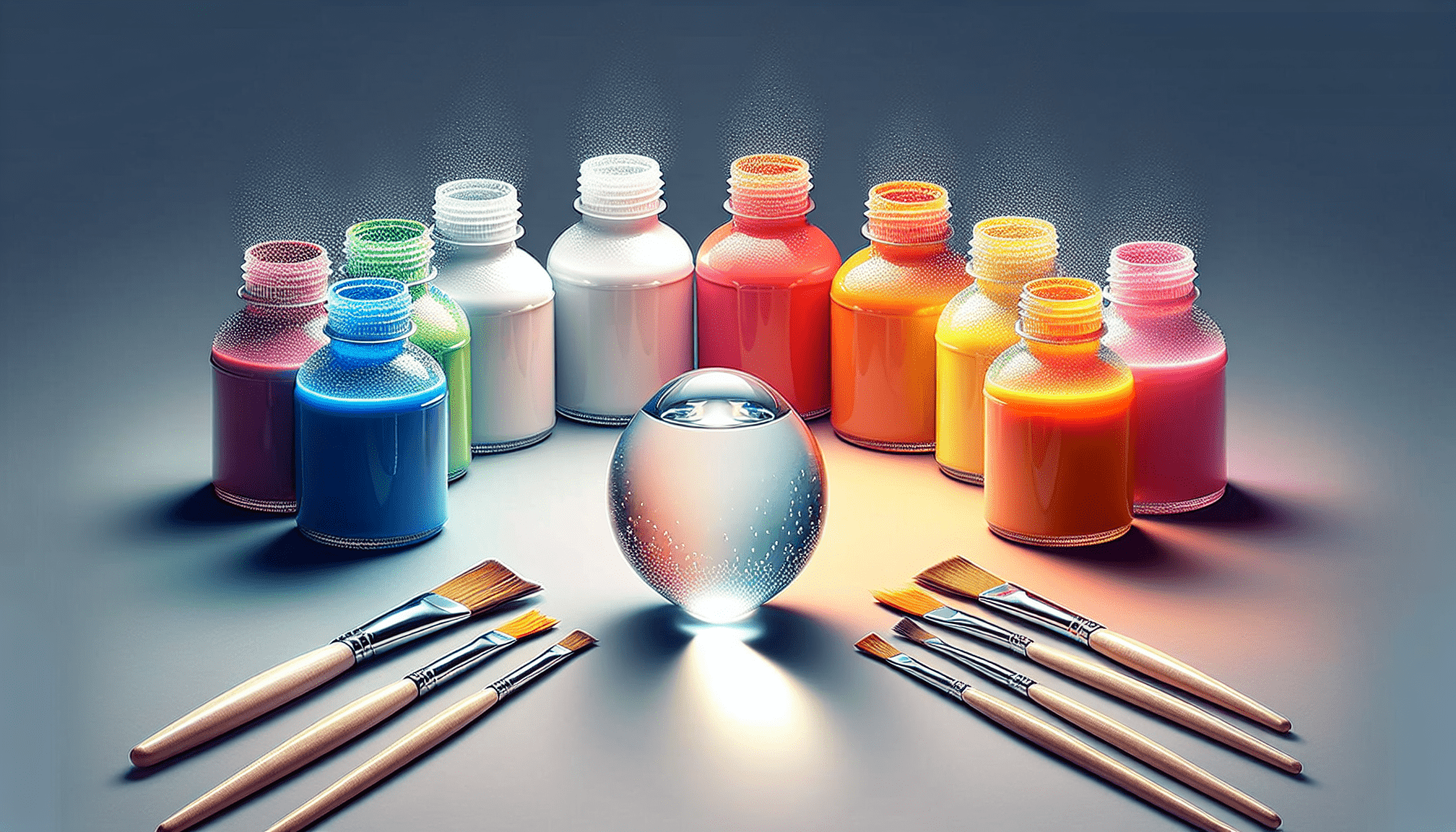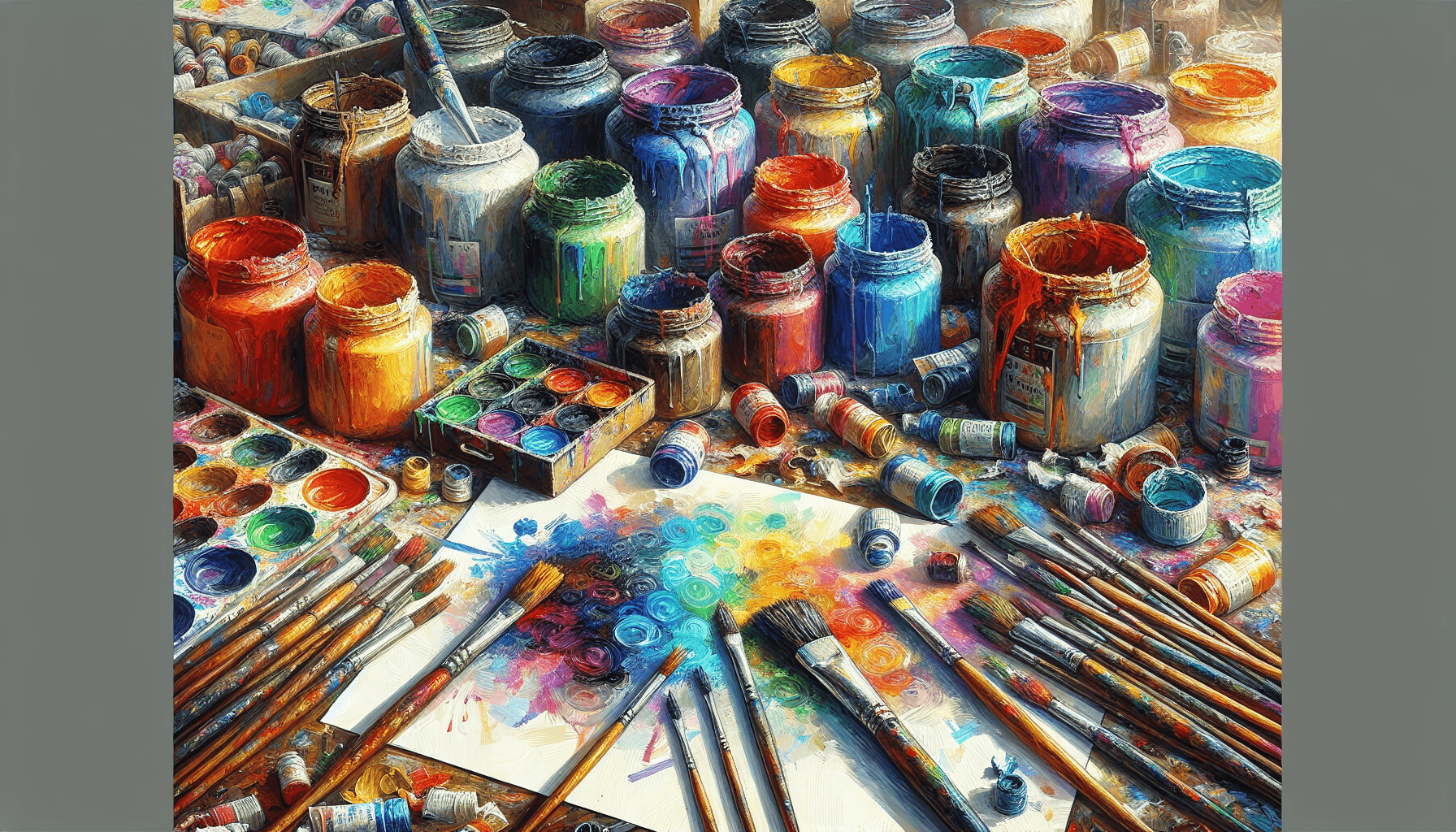Have you ever found yourself frustrated with the runny consistency of your poster paint, wishing it were thicker for better coverage and texture? Thicker poster paint offers numerous advantages, such as increased opacity, a richer color application, and more control over your artistic techniques. This detailed guide will provide you with various methods to make your poster paint thicker, utilizing both common household items and specialized products.
Understanding Poster Paint
Before delving into the methods of thickening poster paint, it’s essential to understand what poster paint is. Poster paint, also known as tempera paint, is a water-based paint commonly used in educational settings and by artists for its quick drying time and ease of use. While poster paint is affordable and versatile, its consistency is often too thin for certain artistic needs. This creates a demand for techniques that can enhance its viscosity.
Why Thicken Poster Paint?
Thicker poster paint has several advantages:
- Improved Coverage: Thicker paint covers surfaces more evenly, reducing the need for multiple coats.
- Enhanced Textures: Allows for more pronounced textures and techniques like impasto.
- Better Control: Facilitates more precise application, particularly useful for fine details.
- Increased Color Intensity: Yields richer and more vibrant colors due to fewer layers needed.
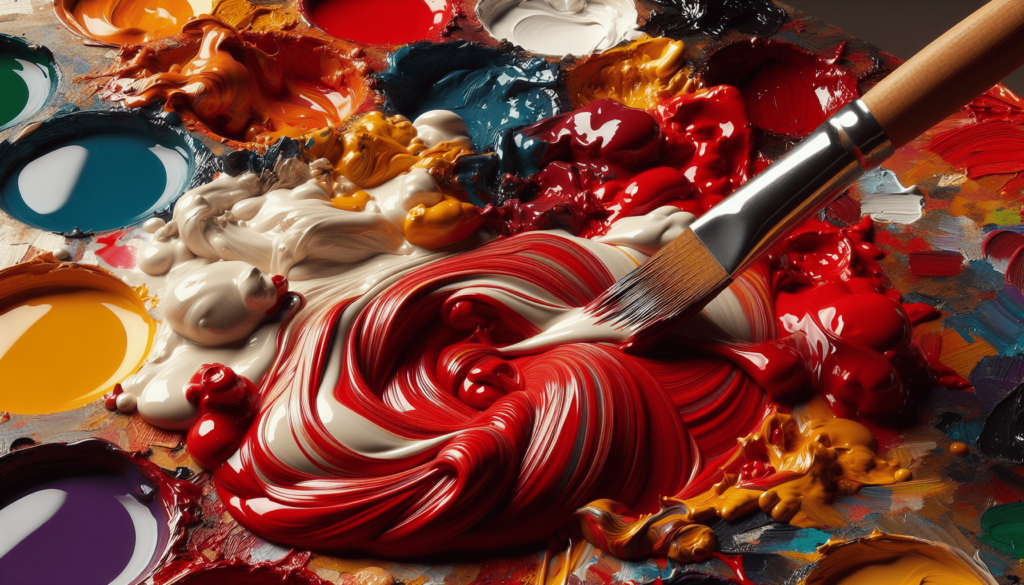
Common Methods to Thicken Poster Paint
Several household items and specialized products can be used to thicken poster paint effectively.
Cornstarch
Cornstarch is a versatile thickening agent readily available in most kitchens. It’s inexpensive and easy to use. Here’s how:
- Mixing the Cornstarch Paste: Combine 1 part cornstarch with 2 parts water. Heat the mixture until it thickens into a paste.
- Incorporate into Poster Paint: Allow the paste to cool, then gradually mix it into your poster paint until the desired consistency is achieved.
Flour
Another common household ingredient, flour, can also be used to thicken poster paint.
- Prepare a Flour Paste: Mix equal parts of flour and water to create a paste.
- Blend with Paint: Gradually add the flour paste to the poster paint, regularly checking for the desired thickness.
Glue
Using glue is another method that can help thicken poster paint. White glue (PVA glue) is preferred as it’s compatible with water-based paints.
- Mix Glue with Paint: Pour a small amount of glue into the poster paint and stir thoroughly until the paint reaches the desired viscosity.
- Adjust as Needed: Add more glue in small increments if necessary, ensuring that the consistency is maintained throughout.
Baking Soda
Baking soda can be an effective thickening agent:
- Mix with Water: Dissolve a small amount of baking soda in water to create a smooth solution.
- Combine with Paint: Gradually mix this solution into your paint until you achieve the desired thickness.
Powdered Milk
Powdered milk can also serve as a thickening agent:
- Create Mixture: Mix a small amount of powdered milk with water to reach a paste-like consistency.
- Blend into Paint: Carefully blend this mixture into the poster paint until it thickens.
Gesso
Gesso, a primer used in painting, can effectively thicken poster paint while also enhancing its adhesion properties.
- Mix with Paint: Gradually add gesso to the poster paint and mix thoroughly.
- Assess Consistency: Continue to add gesso in small amounts until the desired thickness is achieved.
Specialized Thickeners
If household items don’t meet your needs, there are specialized thickeners designed specifically for paints.
Acrylic Gel Medium
Acrylic gel mediums are widely available and are designed to thicken water-based paints without altering their color.
- Combine with Paint: Mix the acrylic gel medium into the poster paint following the manufacturer’s guidelines.
- Adjust as Per Need: Add more gel medium if necessary to achieve the desired consistency.
Paint Thickeners
There are commercial paint thickeners available in art stores specifically formulated to thicken various types of paint, including poster paint.
- Follow Instructions: Carefully follow the provided instructions for mixing the thickener with your poster paint.
- Achieve Desired Consistency: Gradually add the thickener and stir until you reach the preferred viscosity.
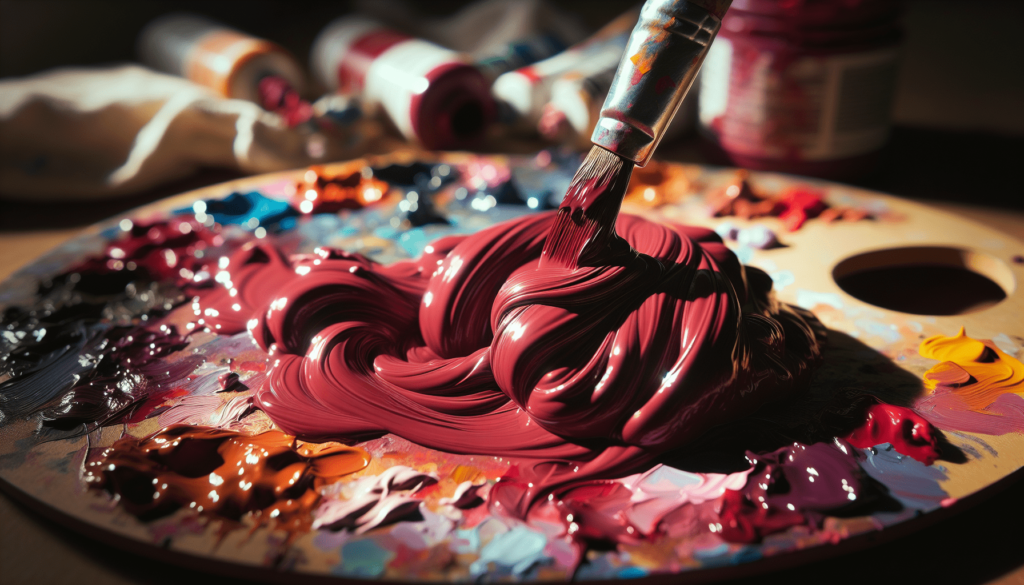
Comparison Table of Thickening Methods
Here’s a quick comparison of the thickening methods discussed, which can help you choose the best technique for your needs:
| Method | Ease of Use | Cost | Effect on Color | Availability |
|---|---|---|---|---|
| Cornstarch | Easy | Low | Minimal | High |
| Flour | Easy | Low | Minimal | High |
| Glue | Moderate | Moderate | Slight Alteration | High |
| Baking Soda | Easy | Low | Minimal | High |
| Powdered Milk | Easy | Low | Minimal | High |
| Gesso | Moderate | Moderate | Possible Whitening | Moderate |
| Acrylic Gel Medium | Moderate | High | Minimal | High (Art Stores) |
| Paint Thickeners | Easy | High | Minimal | High (Specialty Stores) |
Tips for Ensuring Consistent Results
Regardless of the thickening agent you choose, certain practices can help ensure consistent and satisfactory results:
Stir Thoroughly
Always stir the mixture thoroughly to avoid clumps or uneven texture in your paint. This helps in maintaining a uniform consistency.
Test Small Batches
If you’re trying a thickener for the first time, it’s wise to test with a small batch of paint. This allows you to adjust the ratios without wasting too much paint.
Patience is Key
When adding the thickening agent, do so gradually. It’s easier to make paint thicker than to thin it out once it’s too thick.
Account for Drying Time
Some thickening agents might affect the drying time of the paint. Take this into consideration, especially for projects that require faster drying.
Common Issues and Troubleshooting
Could there be any potential issues when thickening poster paint? Yes, knowing how to handle them can be beneficial:
Clumps in Paint
Clumping can ruin your project. It usually happens if the thickener isn’t blended properly. Always ensure your mixture is smooth before adding it to your paint, and stir thoroughly.
Color Alteration
Certain thickeners may slightly alter the paint’s color. To mitigate this, opt for additives that maintain the paint’s original hue or test on a small area first.
Uneven Consistency
Uneven consistency can occur if the thickener isn’t adequately combined with the paint. Consistent stirring and incremental additions help avoid this issue.
Practical Applications of Thicker Poster Paint
Thicker poster paint isn’t just about better texture; it allows for versatile applications and creative techniques. Some practical uses include:
Adding Texture
Thicker paint can be used to add texture and dimension to your artwork, making it stand out more.
Layering Techniques
Thicker paint enables better layering techniques, which can be crucial for achieving depth and richness in your artwork.
Fine Detail Work
Thicker paint gives artists more control, making it easier to create intricate designs and fine detail work.
Fixing Mistakes
Thicker paint can cover mistakes more effectively, reducing the need for multiple layers and helping you to achieve a smoother finish.
Best Practices for Storing Thicker Poster Paint
Once you have successfully thickened your poster paint, proper storage is crucial to maintain its consistency:
Airtight Containers
Store your thickened paint in airtight containers to prevent it from drying out and forming a crust.
Labeling
Clearly label your containers with the date and type of thickener used. This can be helpful if you need to prepare more paint or adjust the consistency later.
Regular Stirring
For longer storage periods, it’s beneficial to stir the paint occasionally to maintain uniform thickness and prevent settling.
Conclusion
Achieving the ideal consistency for your poster paint opens up a new realm of artistic possibilities. Whether you opt for common household thickeners or specialized products, each method provides distinct advantages tailored to your specific needs. By understanding these methods and applying the best practices outlined in this guide, you can easily enhance the quality and versatility of your poster paint. Happy painting, and may your artistic endeavors be as vibrant and textured as your newly thickened paint!
